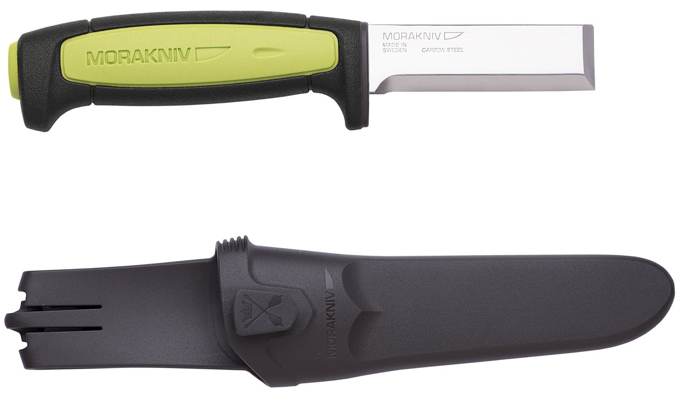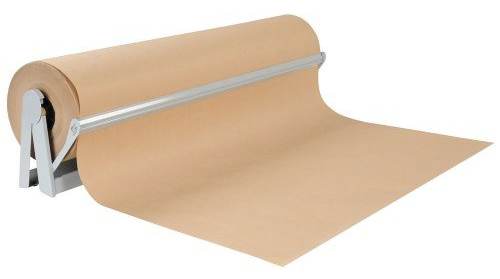Luke Khanlian, Long Now Clock Engineer

Cool Tools Episode 63
Our guest this week is Luke Khanlian. Luke is a Design Engineer working on a mechanical clock intended to tick for 10,000 years. Starting as a mechanic’s apprentice at age 15, he began to accumulate tools and skills that would lead him to a career in Special Effects for film and television. In the early 2000’s Luke saw an opportunity steer towards Robotics and Rapid Prototyping. While competing in robot combat events, working on film effects and trying to get a small 3d Scanning and Printing business off the ground, Luke landed a job at Applied Minds (a research and development company with close ties to the entertainment industry). For someone interested in all aspects of designing and building things, this was a dream job. After working on many amazing projects, he started to focus primarily on Danny Hillis’s ambitious 10,000 Year Clock Project. It was big step from creating temporary things in the shortest possible time, to monumental objects that will potentially outlast this civilization. In addition to trying to be a good engineer, Luke is also trying to teach his kids that with a few skills and a bit of imagination they can modify, improve and ultimately create their own environment; they can tailor the objects in their lives to suit themselves.
Subscribe to the Cool Tools Show on iTunes | RSS | Download MP3 | See all the Cool Tools Show posts on a single page
Show notes:

Mora Chisel knife (Alternate handle).
“It’s made in Sweden, it’s carved in steel and it looks like a fixed blade knife with a plastic handle. It’s got a square blunt tip, and by blunt I mean it’s squared off at a 90 degree angle at the tip of the knife and so it looks like a woodworkers chisel from the front and a straight knife blade from the side. It allow you to do all kinds of things, and I think it makes a great tool belt or tool bag utility knife. It will cut most anything, certainly opening cardboard boxes and cutting through carpeting and doing all kinds of household chores. It’s also a scraping tool — I often use it to lift the corner of tape or scrape off the label. If you’re a carpenter it’s a great tool to add and if you’re a tinkerer or a homeowner it’s a very inexpensive fun knife to have and it certainly is an eye opener to use. It’s also impervious breaking the tip off if you do pry with it. It’s not intended for prying but tools like this get used for all kinds of things.”

Sculpture House #42 Carbon Steel Spatula
“You can look at a lot of similar tools, dentist tools come to mind, other kinds of epoxy mixing spatulas, but none of them approach the quality that this has. I’ve had this one for 23 years and it’s amazing. I’ve used it for everything from building the molds for various creatures and sculptures and things like that in the past, to currently using it for detailing out 3D prints or picking them off the build surface. The other thing that this tool is really great at is in model building, when you want to apply a sticker or a decal or something like that. You can stick it to the very tip of the flat surface and use it kinda like a single bladed tweezers and lay it in place and make very fine adjustments.”

BMI 2M Quicky Tape Measure
“This is different in that it’s just the metal band, but it’s wound backwards and it’s printed on the convex side of the metal band. When you press your finger on the trigger, the tape extends automatically. It’s unwinding the spring. With one hand you can extend the tape. You can get very accurate measurements and you can also put very accurate pencil lines on your piece. Or use it as a ruler when you’re drawing. I find that I use it as a drawing and layout tool as much as a measuring tool.”

Kraft Paper Roll 60lb. Weight and cutter
“Cover your table with this 60 pound brown craft paper. You can usually find a width that fits the table surface that you usually work on. I like the 60 pound weight because it’s heavy enough that it resists spills and a certain amount of cutting. It’s not so heavy that you feel bad using it or throwing it away when you’re done. The real magic of it is that it acts as a recorder for the story of your project. As I’ve used it in the past, if you’re working with a sculpture or a part, if you’re cutting a piece in half, you can set the half on the table and then trace around it. Now you have a cross section view that you can use to lay out components to go on the inside or to make adjustments in the profile or the design.”
09/20/16








